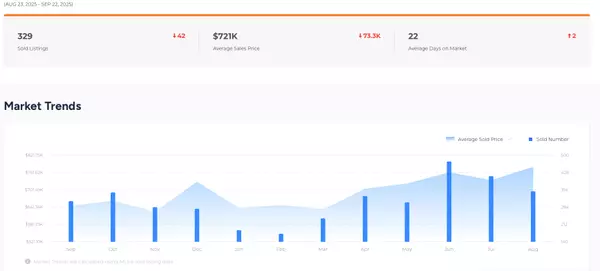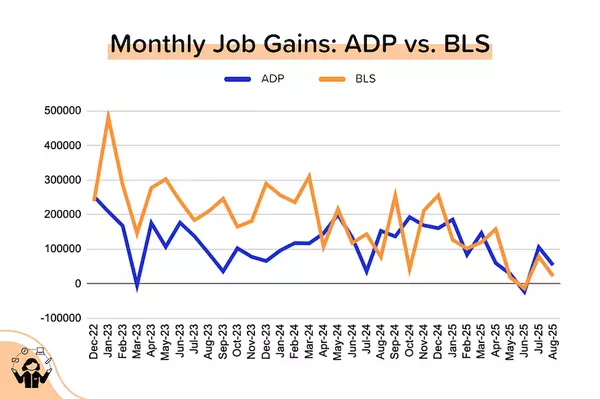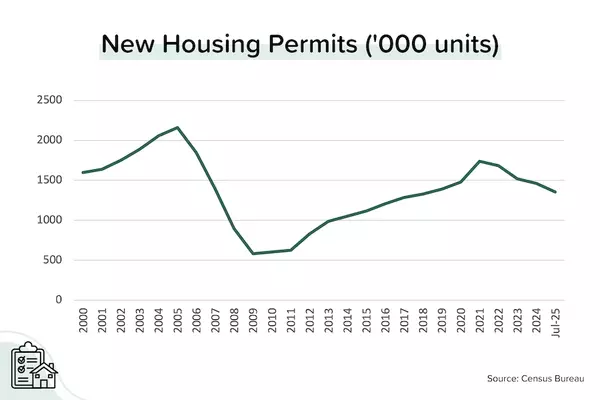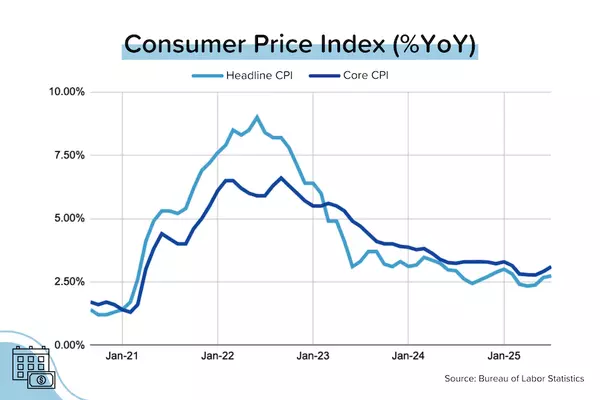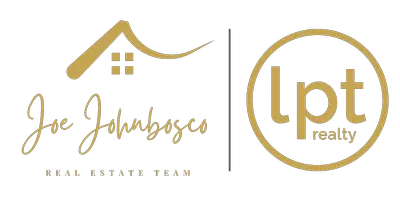Preparing to Buy a Home


Getting Prepared
Before you step foot into the first home you look at, it's a good idea to thoughtfully determine your wants and needs—and understand the difference between the two! By analyzing your needs, you can clearly picture exactly what your new home should look like and how it should function. It’s easy to become enamored with someone’s decor or a home’s impressive architecture, causing you to overlook essential features like the number of bedrooms or bathrooms.
First, clearly articulate why you're looking for a home. Perhaps you're currently renting and want to build equity, or you've outgrown your existing home or moved due to a job change. These factors directly impact your home search approach.
Create at least two lists: one detailing your ideal home features and another specifying absolute must-haves. Usually, these lists will blend naturally as your homebuying journey progresses, clarifying your priorities based on what's available in the market.
First-Time Buyers
Buying a home for the first time can seem overwhelming due to its complexity and the many decisions involved. Common initial concerns include affordability, down payment sources, securing the best loan, how to start your search, and expectations from your real estate agent.
Two essential reminders:
-
You should understand every aspect of the homebuying process.
-
Take time to learn critical terms and concepts, enhancing your confidence in making informed decisions.
Remember, you—the buyer—are the most crucial person in the transaction. Your decisions shape the entire process. Approaching homebuying intelligently and confidently greatly increases the likelihood of finding your dream home and feeling secure in your decisions.
Steps to Buying a Home
-
Decide whether to rent or buy.
-
Determine affordability.
-
Find the right real estate agent.
-
Get pre-approved.
-
Identify your preferred home style.
-
Choose the right neighborhood.
-
Begin your home search.
-
Preview potential homes.
-
Submit an offer.
-
Apply for a mortgage.
-
Conduct home inspections.
-
Close the transaction.
-
Move into your new home.
Renting vs. Owning
Homeownership offers both emotional and practical benefits, including significant financial advantages:
-
Tax Deductibility: Mortgage loan interest and property taxes are typically tax-deductible, providing significant savings.
-
Appreciation Potential: Real estate often appreciates over time, making it a sound long-term investment.
-
Capital Gains Exclusion: Significant tax exclusions are available when selling a principal residence ($250,000 for singles; $500,000 for married couples).
-
Principal Accumulation: Monthly mortgage payments gradually build home equity.
-
Personal Enjoyment: Owning a home offers pride and the freedom to customize your space.
Consult your financial advisor for personalized guidance.
How Much Do I Need?
Lenders typically provide home loans covering 80% to 95% of a home’s purchase price. Buyers are responsible for the remaining down payment. Smaller down payments usually require stricter financial qualifications. Programs like 80-10-10 financing help buyers avoid Private Mortgage Insurance (PMI) with lower down payments.
What Can I Afford?
A common rule suggests purchasing a home costing about 2.5 times your annual gross income. Actual buying power depends significantly on your down payment amount, financial health, and creditworthiness.
Lenders typically use two ratios:
-
Housing Expense Ratio: Housing expenses should ideally be below 28% of your gross monthly income.
-
Total Debt-to-Income Ratio: Total monthly debt (including housing) should ideally not exceed 36% of your gross monthly income.
These ratios are flexible based on your financial history and credit profile.
Getting Pre-Approved
Pre-approval is a critical initial step, determining how much you can afford based on your finances.
A pre-approval letter strengthens your home offer by confirming your serious buyer status. It involves:
-
A detailed financial assessment
-
Identification of suitable loan types
-
Clarification of financial limits (down payments, monthly expenses, and closing costs)
Documents typically required include:
-
Proof of employment and income
-
Monthly debt obligations
-
Sources of down payment and closing costs
Pre-approval letters enhance your credibility but remain contingent on property appraisals and timely financial verification.
As your trusted real estate professional, I will provide comprehensive guidance, ensuring clarity, confidence, and success throughout your homebuying journey.
Categories
Recent Posts
